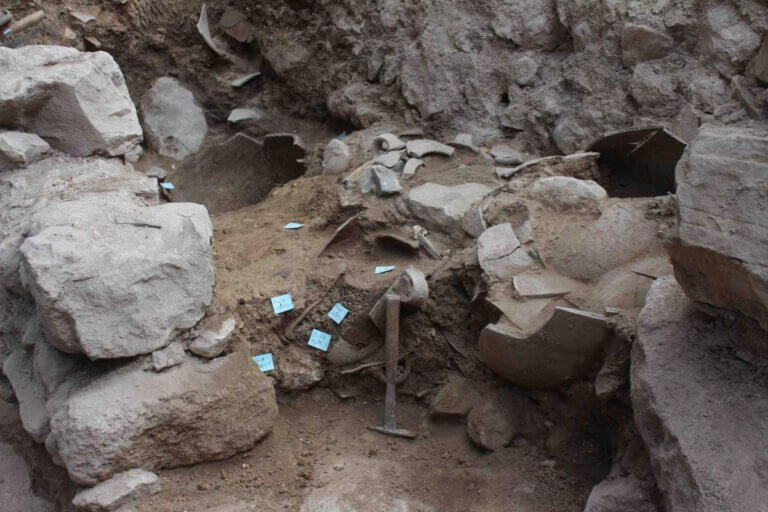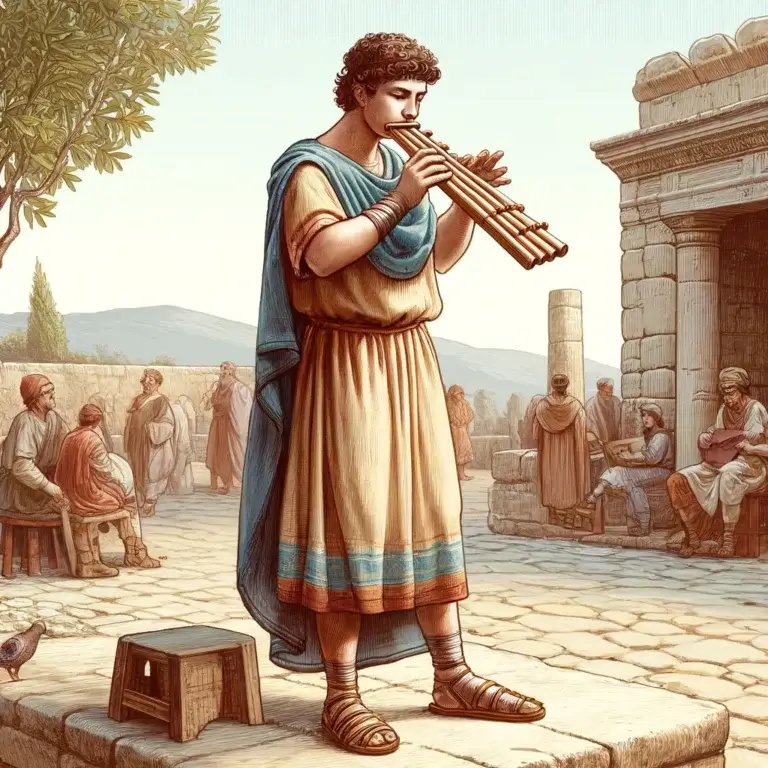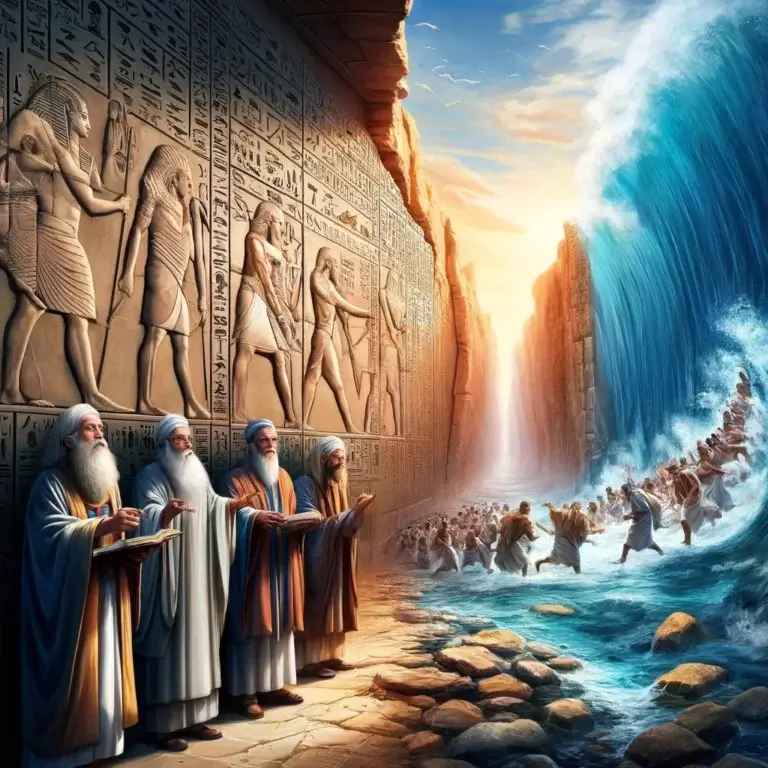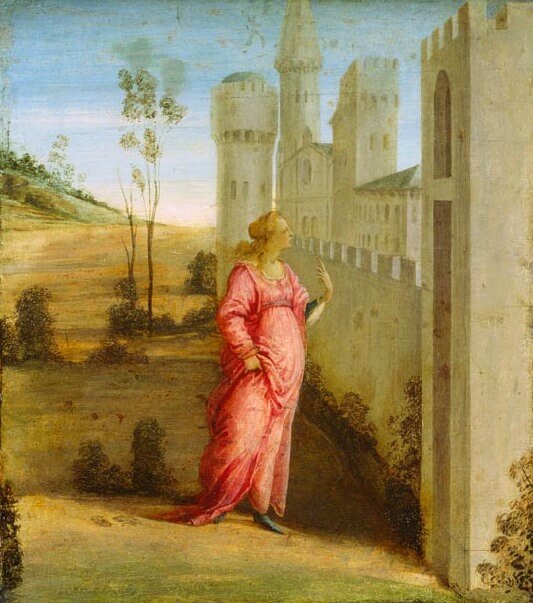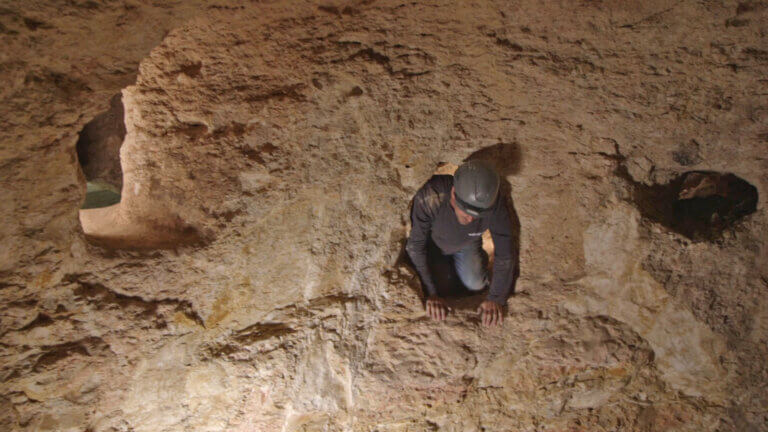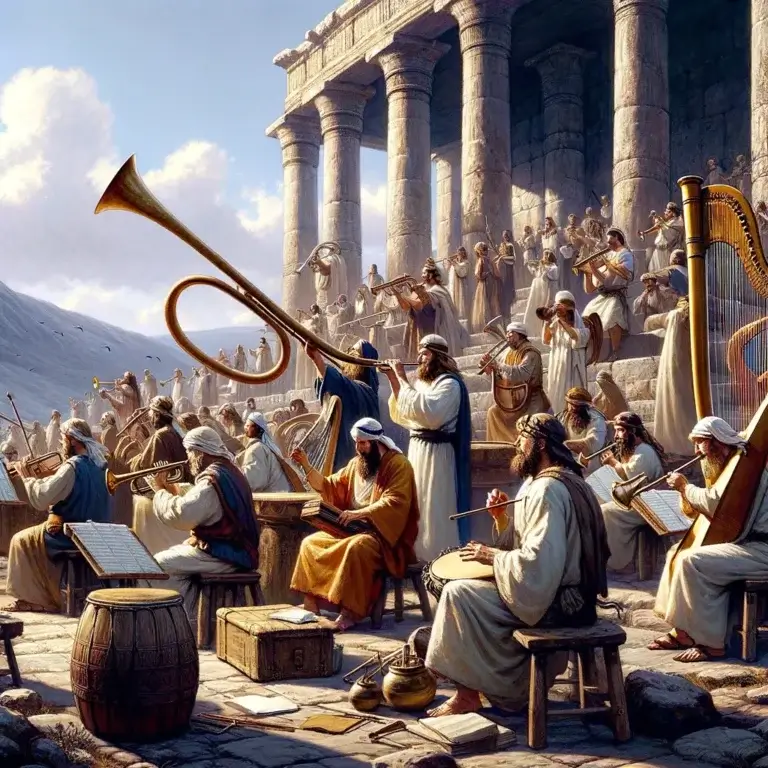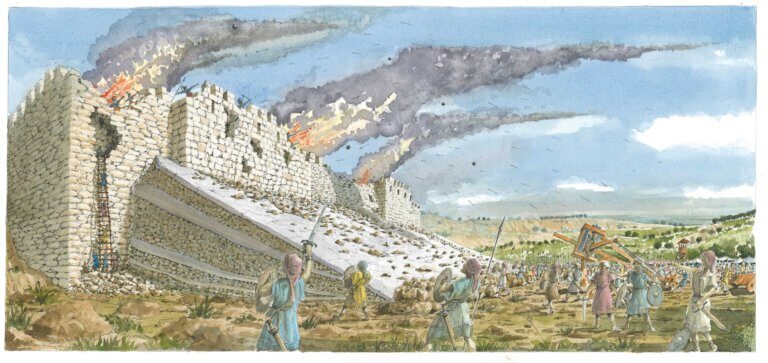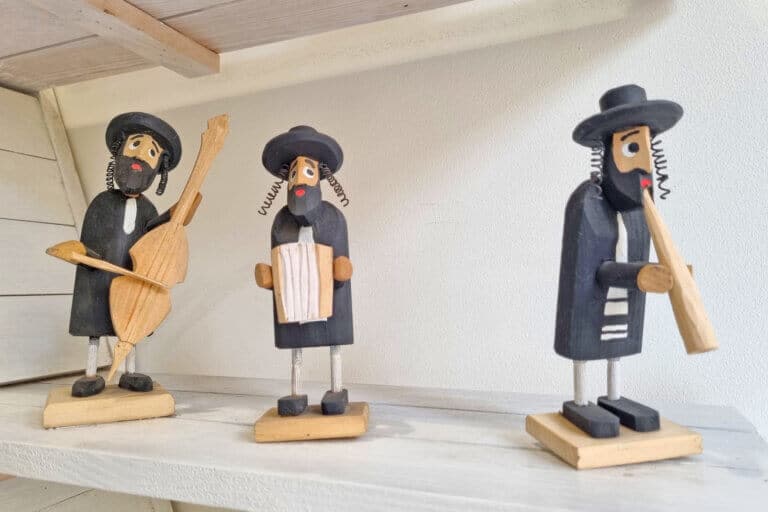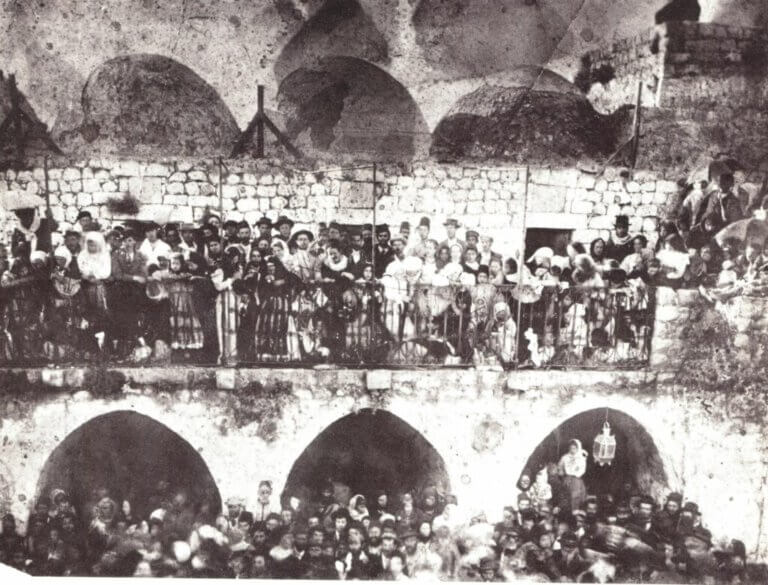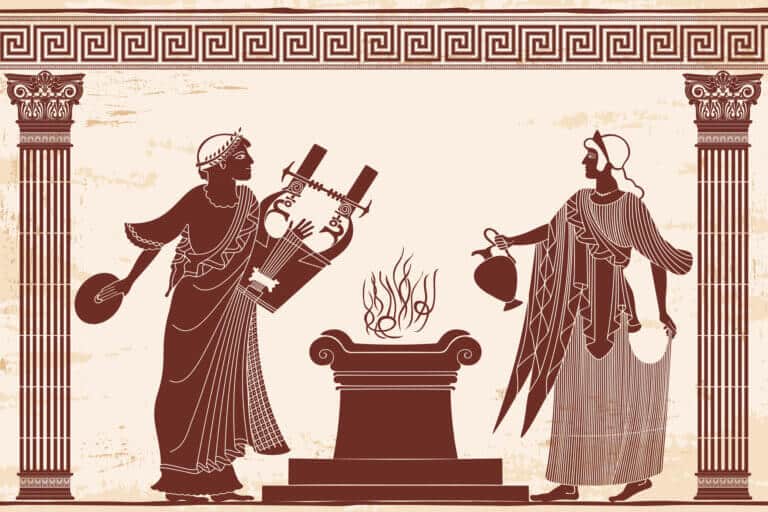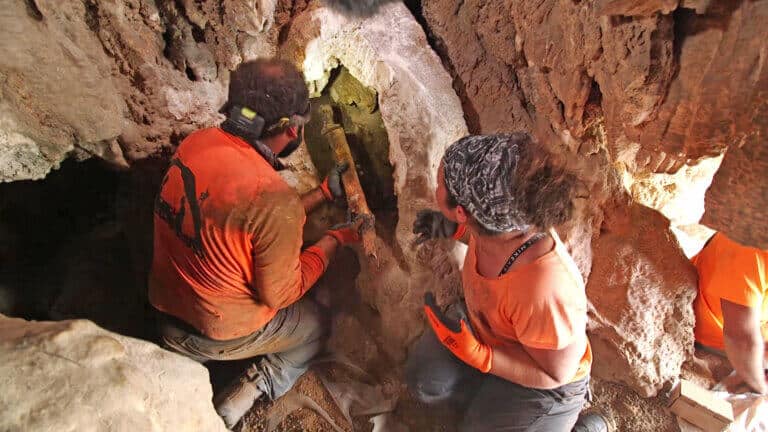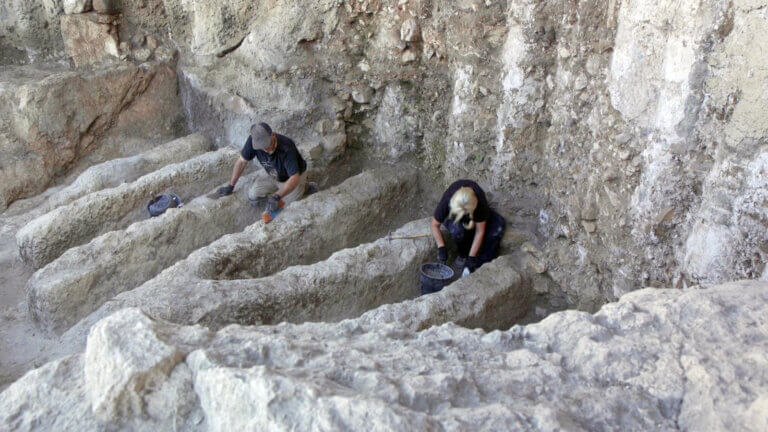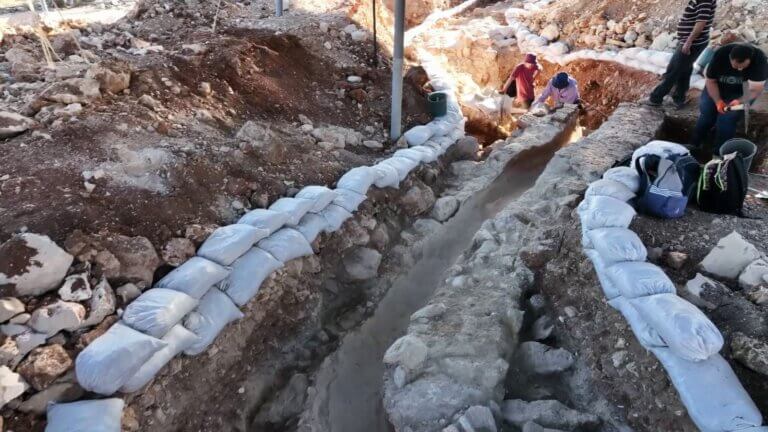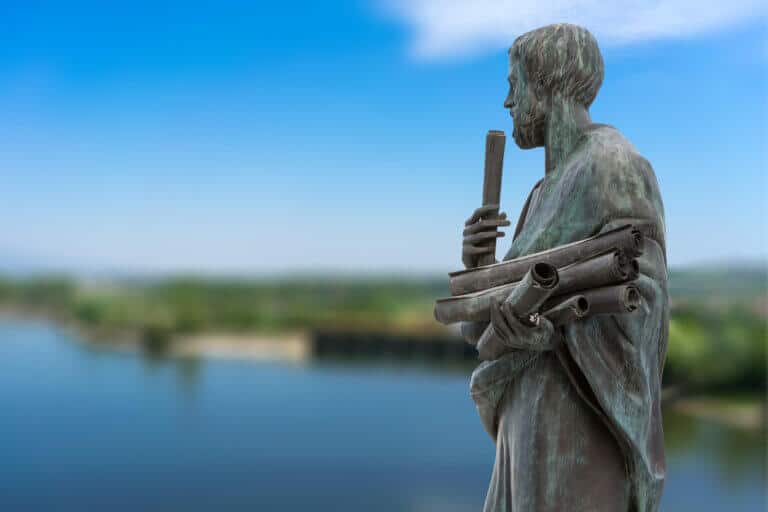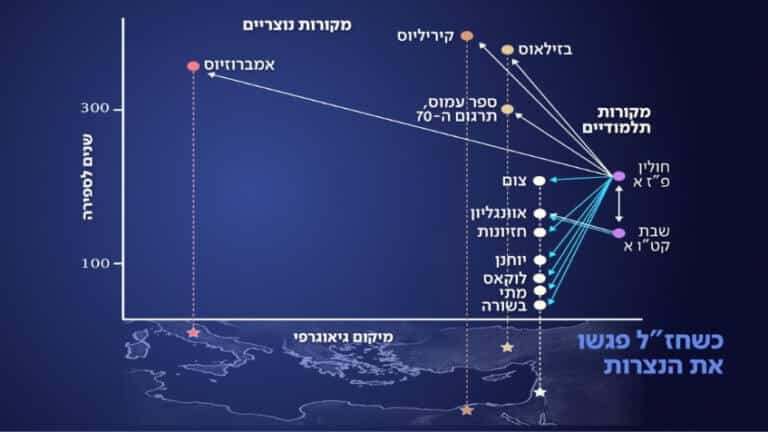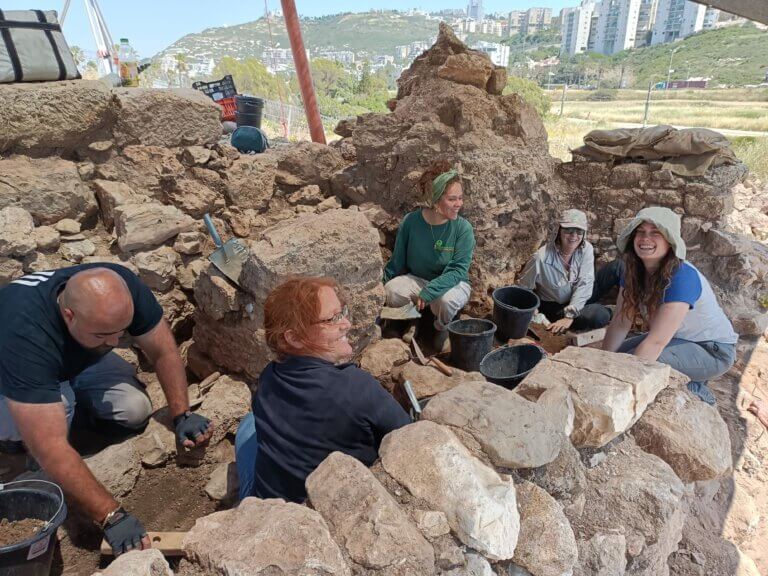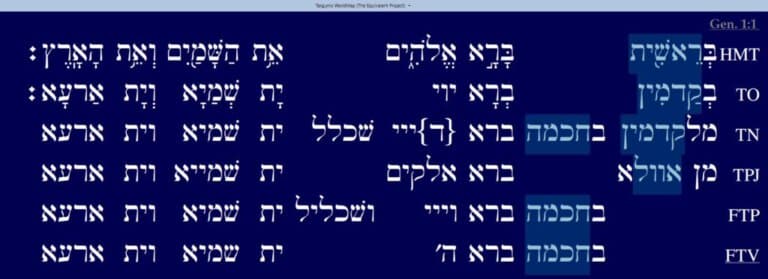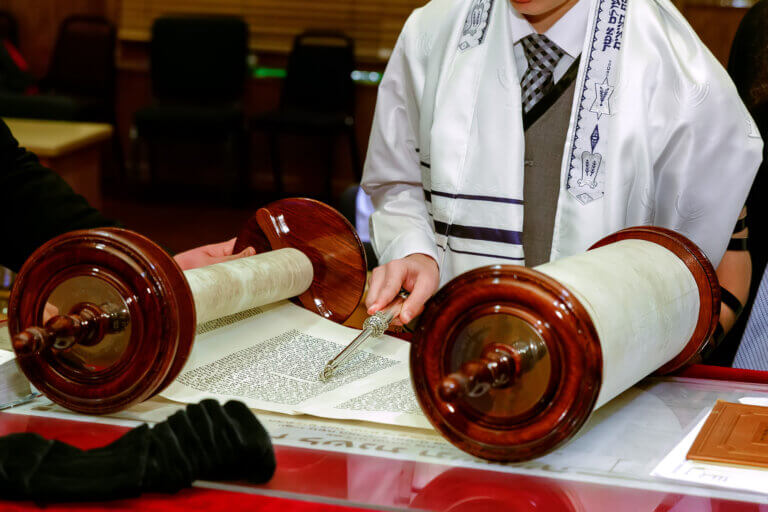Hayadan > Society and history > history > History of the people of Israel
History of the people of Israel
- Avi Blizovsky
- May 2, 2024
The researchers, from the Weizmann Institute, Tel Aviv University, the Antiquities Authority, Bar Ilan and other institutions from around the world, overcame the phenomenon of "ancient cities" that are not arranged in layers that makes it difficult for archaeologists around the world and presented for the first time an absolute dating of Jerusalem in the Iron Age
- Dr. Yahyam whistles
- April 27, 2024
- 3 תגובות
Continuation of the review on the various musical instruments that were used in the temple at the end of the Second Temple, with Greek influence
- Yigal Ben-Nun
- April 26, 2024
- 4 תגובות
Jewish and Israeli traditions and also among the priests and royal people in the Kingdom of Israel, there are differences between them as to the origin of the Israelites - Aram or maybe Egypt?
- Avi Blizovsky
- April 21, 2024
- 3 תגובות
Egyptian writers who lived in the third century BCE claimed that the Jews carried diseases and harmed Egypt and that in general they were the bad guys when they came to rewrite the story of the Exodus from Egypt, perhaps without intending to, they created anti-Semitic arguments that would be based on all disturbances against the Jews
- Dr. Yahyam whistles
- March 30, 2024
- No comments
In this chapter we will review the development of stringed instruments
- The Voice of Science website - the Israel National Science Foundation
- March 22, 2024
A study examines the attitude towards Queen Esther in art, religion, literature and plays in the 16th-15th century in Italy
- Israel Antiquities Authority Archeology
- March 19, 2024
- No comments
A ring discovered in a cave in Khokuk that was used by Bar Kochba soldiers to hide from the Romans. Photo: Dafna Gazit, Israel Antiquities Authority
- Israel Antiquities Authority Archeology
- February 23, 2024
- 3 תגובות
- Dr. Yahyam whistles
- February 22, 2024
- 5 תגובות
In this chapter, regarding its various sections, I would like to highlight the following points: distinction between the musical instruments in the Bible and those of the period under discussion and the various consequences thereof; the extent of the influence of Greekness and Hellenism on musical instruments; Were there original Jewish musical instruments? Character of Jewish music.
- Israel Antiquities Authority Archeology
- December 8, 2023
- No comments
Archaeological excavations by the Antiquities Authority and Tel Aviv University in the City of David in the National Park around the walls of Jerusalem have discovered the earliest ceramic roof tiles in the Land of Israel * To date very little physical evidence of the presence of the Greeks in Jerusalem has been discovered
- Dr. Yahyam whistles
- November 25, 2023
- No comments
In the Jewish music after the Holocaust, signs of Greek-Hellenistic and Roman influence were embedded, and from it various aspects emerge as a result of the involvement of sages
- The Voice of Science website - the Israel National Science Foundation
- November 18, 2023
Traditional religiosity and Kabbalistic ideas: Safed of the 16th century offers an alternative model of Jewish existence in the Land of Israel
- The Voice of Science website - the Israel National Science Foundation
- September 19, 2023
Biblical prose may have begun as narrative poems, similar to those prevalent in the ancient Near East.
- Dr. Yahyam whistles
- September 14, 2023
- No comments
The Jews in the Greek-Hellenistic space were more involved in everything related to Greek customs that penetrated Judaism such as the hemansion and especially music
- Israel Antiquities Authority Archeology
- September 6, 2023
- 2 תגובות
In Selik, four swords and a bayonet head were found that are approximately 1900 years old and were preserved in wooden and leather cases, in excellent condition. that the swords were taken as spoils of war, and hidden in a cave by Jewish rebels
- Israel Antiquities Authority Archeology
- August 31, 2023
- One response
The canal facilities, the likes of which have not yet been discovered in Israel, were in use about 2,800 years ago - during the time of the First Temple; According to the researchers from the Antiquities Authority and Tel Aviv University, "it is possible that the canals were used to soak some product. The central location of the canal facilities shows that the product produced in them was associated with a palace or a temple.
- Israel Antiquities Authority Archeology
- August 29, 2023
- No comments
The length of the Amma section is about 300 meters, and it was uncovered in the excavations of the Antiquities Authority before the expansion of the neighborhood, funded by the "Arim" company for urban development and in the framework of the establishment of schools on the site at the initiative of the Jerusalem Municipality * Among other things, a coin from the second period of the great revolt of the Jews against the Romans was found in the Amma infrastructure - A few years before the destruction of the Second Temple
- Dr. Yahyam whistles
- July 29, 2023
- One response
It has already been mentioned several times the brave connection forged between Greek and Hellenistic philosophy and music - the Pythagorean school that attributed a supreme moral value to music, the Platonic school that insisted on the relationship between music and human nature and moral condition, and similarly the Aristotelian school. These philosophies penetrated Judea during the days of Roman rule
- Ben-Gurion University
- July 25, 2023
- 8 תגובות
An extraordinary study by a researcher in the field of Talmud at Ben Gurion University and a bat researcher at Tel Aviv University has resulted in the development of an innovative tool for analyzing the social connections created between the sages of Judaism and Christianity in the first centuries AD
- The Hebrew University
- July 22, 2023
- 5 תגובות
The research from the Hebrew University determines for the first time, through archaeological and historical means, the boundaries of the kingdom of King David and his grandson, King Rehoboam and resolves the long-standing debate about the very existence of the kingdoms and their urban boundaries
- Israel Antiquities Authority Archeology
- June 21, 2023
- 5 תגובות
Tel Shekmona was the largest crimson factory in the area during the Iron Age, under the control of the Kingdom of Israel and the one that apparently supplied the prestigious crimson color to the Temple in the neighboring Kingdom of Judah
- Dr. Yahyam whistles
- June 2, 2023
- No comments
Compared to the countless sources concerning the music in the temple, there is little information about the sand music, and yet the research brings up interesting things
- The Voice of Science website - the Israel National Science Foundation
- May 5, 2023
A computerized tool quickly links each word in the Torah with the corresponding words in the various translations of the Torah into Aramaic
- Dr. Yahyam whistles
- April 21, 2023
- No comments
Reading motivated by the Torah and prayers was an important, immanent element, in imparting the Torah and midrashes and Sages went into the depth of the importance of the Na'ima which served as an important means of sharpening the memory and flourished from the Mishna period onwards
- chapter number
- April 3, 2023
- 16 תגובות

